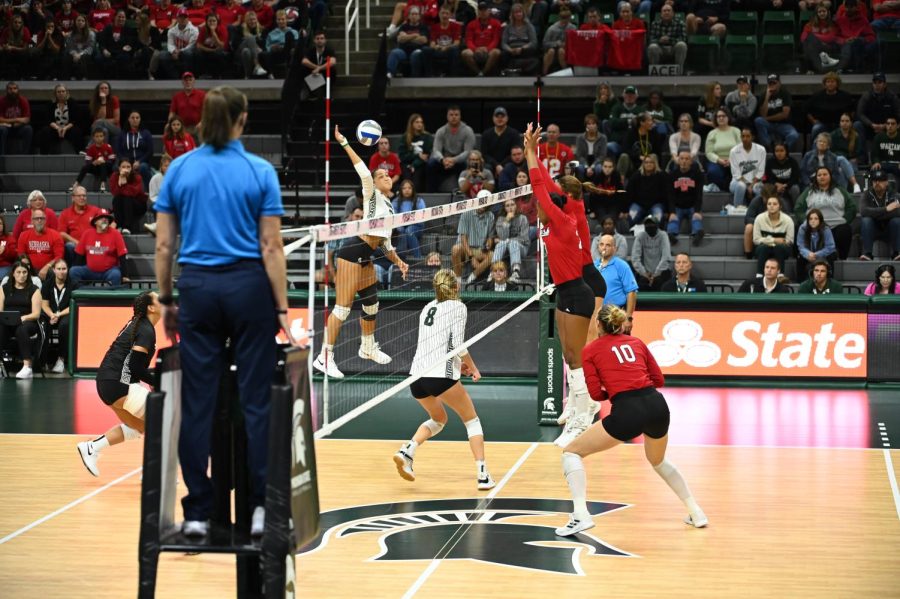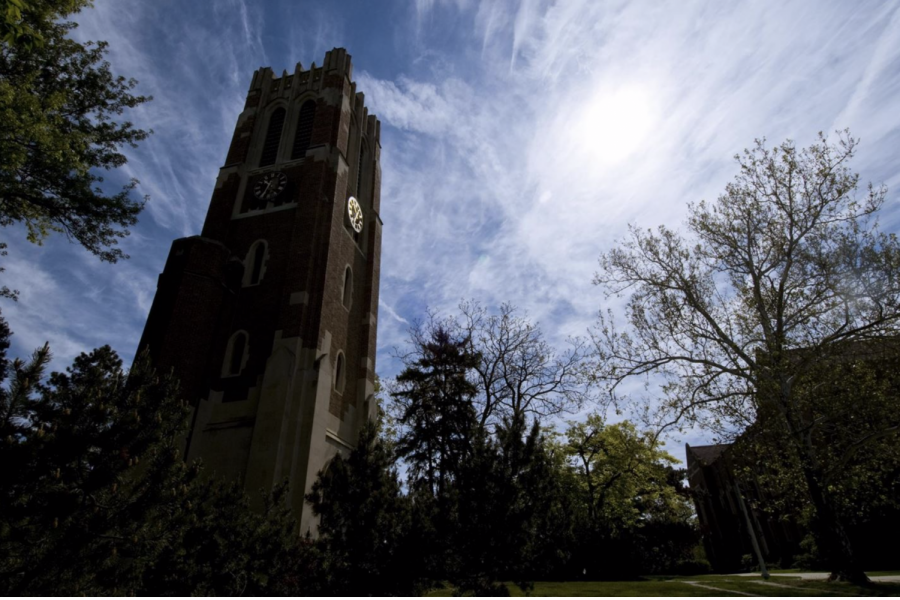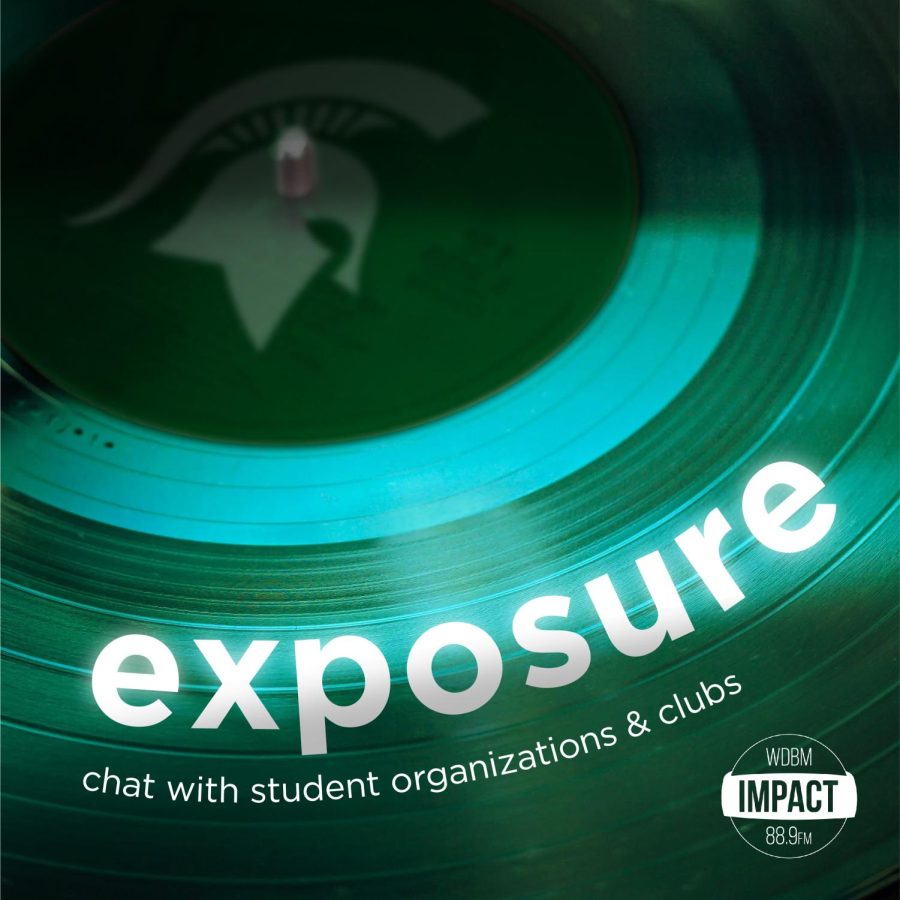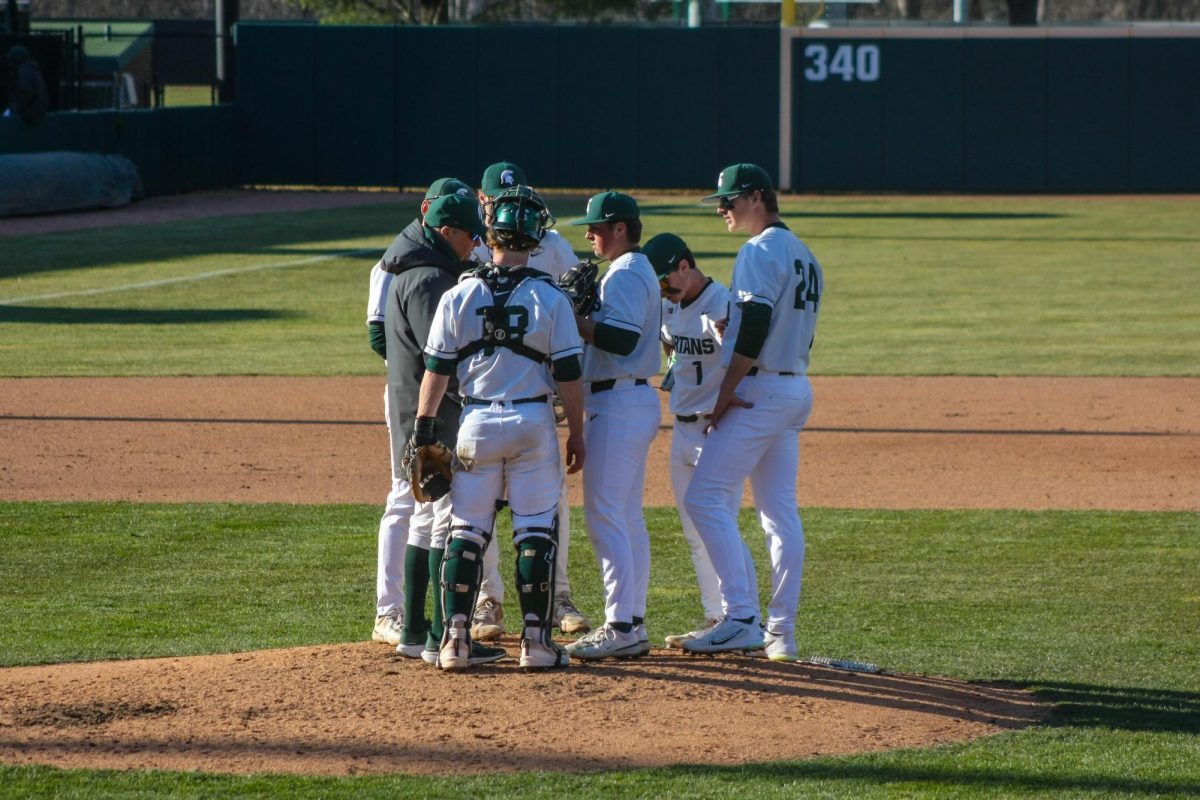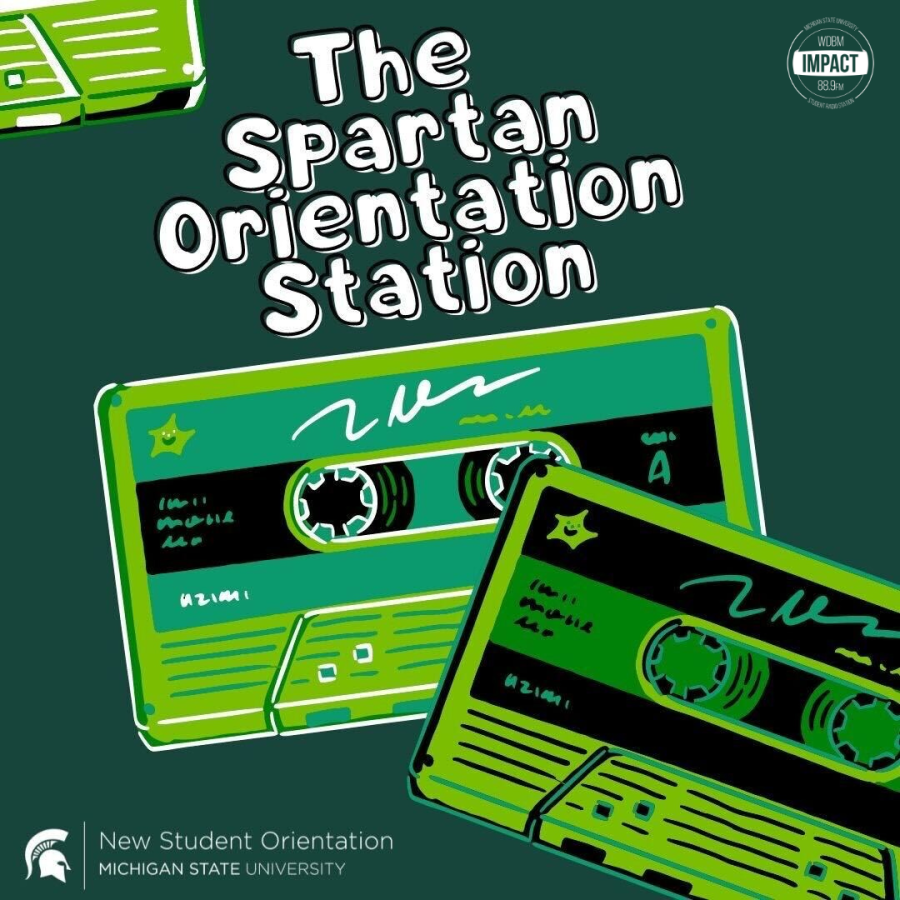Winners and losers from the first weekend of the NCAA volleyball tournament
December 7, 2022
The NCAA Volleyball Tournament began last week. The 41st installment of the event has, so far, been a success as we saw teams take the floor across eight different arenas and play 48 matches total.
This weekend, the third round kicks off, headlined by some intriguing matchups. Before we look at those matchups, we’ll take a look back at the first two rounds and decide the winners and losers outside of the box scores.
Winner: Chalk
In the world of bracket making and sports betting, the phenomenon of “picking chalk” refers to picking the team favored to win that game. It’s considered a low-risk, low-reward gamble and usually only works in sports with a lack of parity between the top teams and the mid-to-low-tier teams.
Well, there wasn’t a whole lot of parity in the first two rounds of the NCAA tournament this year, with 42 of the 48 matches being won by the favorites, including all of the Round of 32 matchups. If you filled out a bracket this year and only picked the favorites, your bracket would be 87.5% correct. In comparison, the odds of getting the first 32 matches right in an NCAA basketball bracket is about 1 in 4.2 billion (per Bar Down).
This competitive balance problem is something the NCAA might want to look into if they want this tournament to become as popular as March Madness. Another way for this tournament to gain popularity is for people to actually be able to watch the games, which brings us to our first loser.
Loser: Anyone Who Doesn’t Have ESPN+
Last weekend, while following along to one of four first-round match-ups that went into a fifth set, I encountered a problem. I didn’t have ESPN+. I had two options at this point: cave in and buy an ESPN+ monthly pass–one that I’ll probably forget I bought and end up paying $10/month for eternity–to watch three days’ worth of volleyball or miss the game and the entire first two rounds. Yes, you read that correctly, the entire first two rounds.
With all first and second-round games being exiled to ESPN+, visibility for the sport remains too low, and forces us to miss great games such as Auburn vs. Houston or Baylor vs. Rice, which both went to five sets. It also forces us to miss star-studded matchups like USC vs. OSU, which featured Big Ten Setter of the Year, Mac Podraza and Big Ten Defensive Player of the Year, Kylie Murr, as well as Pac-12 All-Conference selections Skylar Fields and Mia Tuaniga.
Long story short, Disney wins again, and I got to watch Purdue pull out a five-set thriller against Tennessee. There is a silver lining, however, as starting on Thursday, all of the third-round matchups will be on ESPNU or ESPN2. You can see a schedule for them, here.
Winner: The Big Ten
Last week, when outlining some of the storylines surrounding this year’s tournament. I spent a lot of time discussing the Big Ten. I also thought to myself, do I have a Big Ten bias? If so, is it earned? Was the Big Ten really the best conference in the country, or was it the only conference I really had viewing access to? The correct answer is that it’s probably a little bit of both.
While the Big Ten came in with six teams, tied for second-most with the Pac-12, I still thought it was a little weird that teams like LSU from the SEC got a nod by the committee despite its last ranked win coming in September.
Compare that with Big Ten teams such as Illinois or Northwestern, each had a ranked win in October and hung with the upper echelon of Big Ten teams all year long, and you wonder how they would have fared. Regardless of tournament selection snubbing, the Big Ten powered through the first two rounds, with Purdue being the only team to get eliminated in the Round of 32 by No. 1 seed Louisville, and having the most teams left in the tournament with five. No other conference in the country has more than two.
Unfortunately, the tournament will be losing at least two Big Ten teams as the round of 16 moves to the round of eight. Minnesota and Ohio St. are set to play each other at Noon ET, Thursday on ESPN2, and Wisconsin is squaring up against Penn St. at 6:00 p.m. ET, Thursday, on ESPNU.
The other Big Ten team, Nebraska faces Oregon at 11 a.m. ET, Thursday, also on ESPNU. Is this a conspiracy to ensure conference parity in the tournament, or just unlucky? We’ll never know.
Loser (sorta): Every Other Conference
While nobody expects everybody from their conference to survive and advance at the most important tournament of the year, you would expect a little more out of the Power Five than we have gotten so far this year.
The SEC came into this year’s tournament with the highest number of teams at seven. However, it enters the third round with just Florida and Kentucky still fighting for a chance at the crown. The SEC, though, can’t be too concerned with how its teams are performing. The conference is 8-5 overall through the first two rounds and was 6-1 in the first round. It did, however, run into some bad luck, with Georgia and LSU both bowing out to No. 1 seeds.
Similarly, the Big 12 entered the tournament with five teams and cruised through the first round, with TCU and Kansas even pulling upsets over Washington and Miami, respectively. It wasn’t until the Round of 32, that those teams and Iowa St. lost.
Now left with two teams, the Big 12 will look for either Texas or Baylor to capture the crown. Texas came close in 2020, finishing as runner-up to that year’s champion, Kentucky. The Longhorns look to capture their first crown since 2016, while Baylor will look to capture its program’s first national volleyball championship in school history.
Texas will play Marquette, who beat Georgia Tech with ease, at 2:30 p.m. ET, Thursday on ESPN2 and Baylor will be in for a dog fight against Louisville at 1:30 p.m. ET, Thursday on ESPNU.



